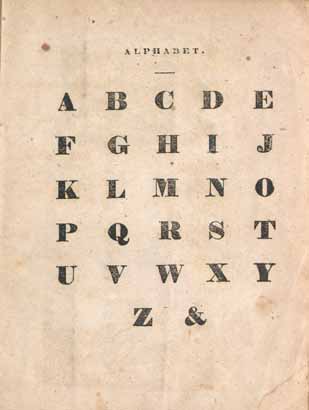
In the Middle Ages, when schoolchildren spelled a one-letter word, they would indicate this with the Latin phrase per se (“by itself”) — so students learning to read would say “D-O-G, dog” but “A per se, a,” meaning “A by itself, [the word] a.”
When the alphabet was printed, the symbol & was customarily added at the end, and the reader would say, “& per se, and.”
After many years of hasty slurring, this left us with the word ampersand.
(Thanks, David.)
